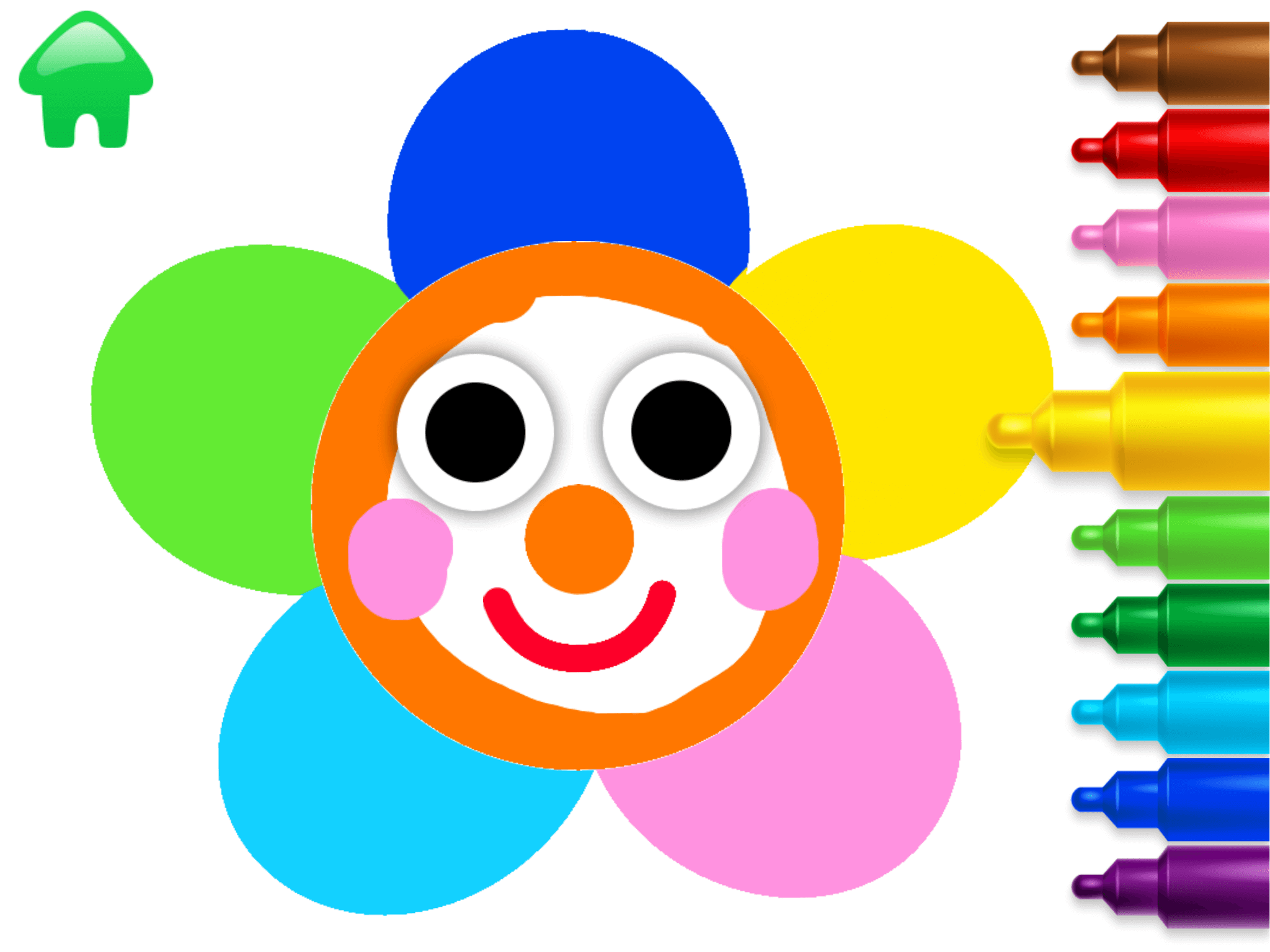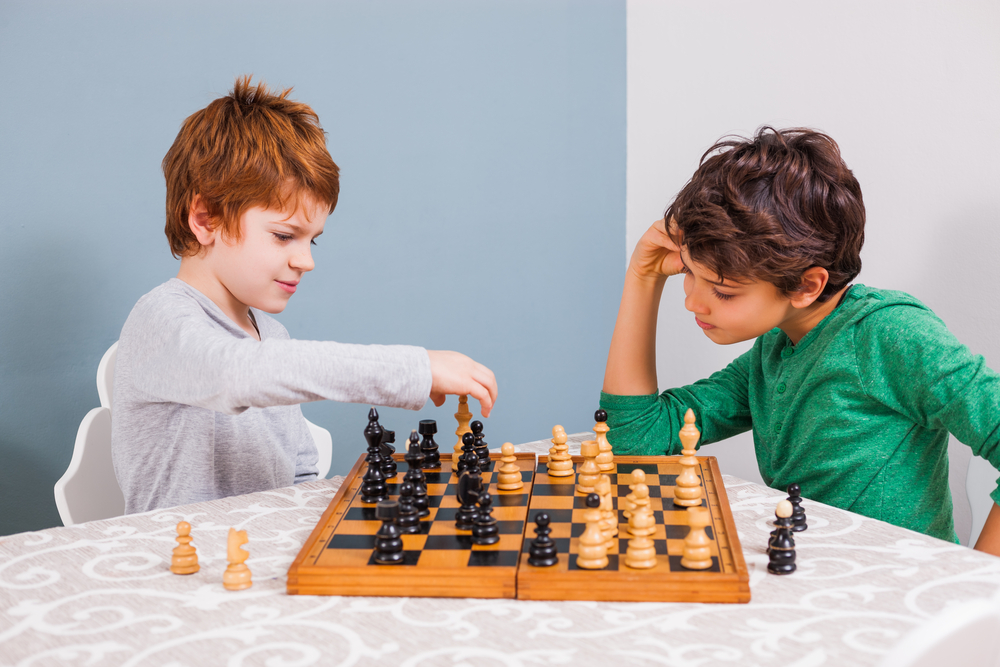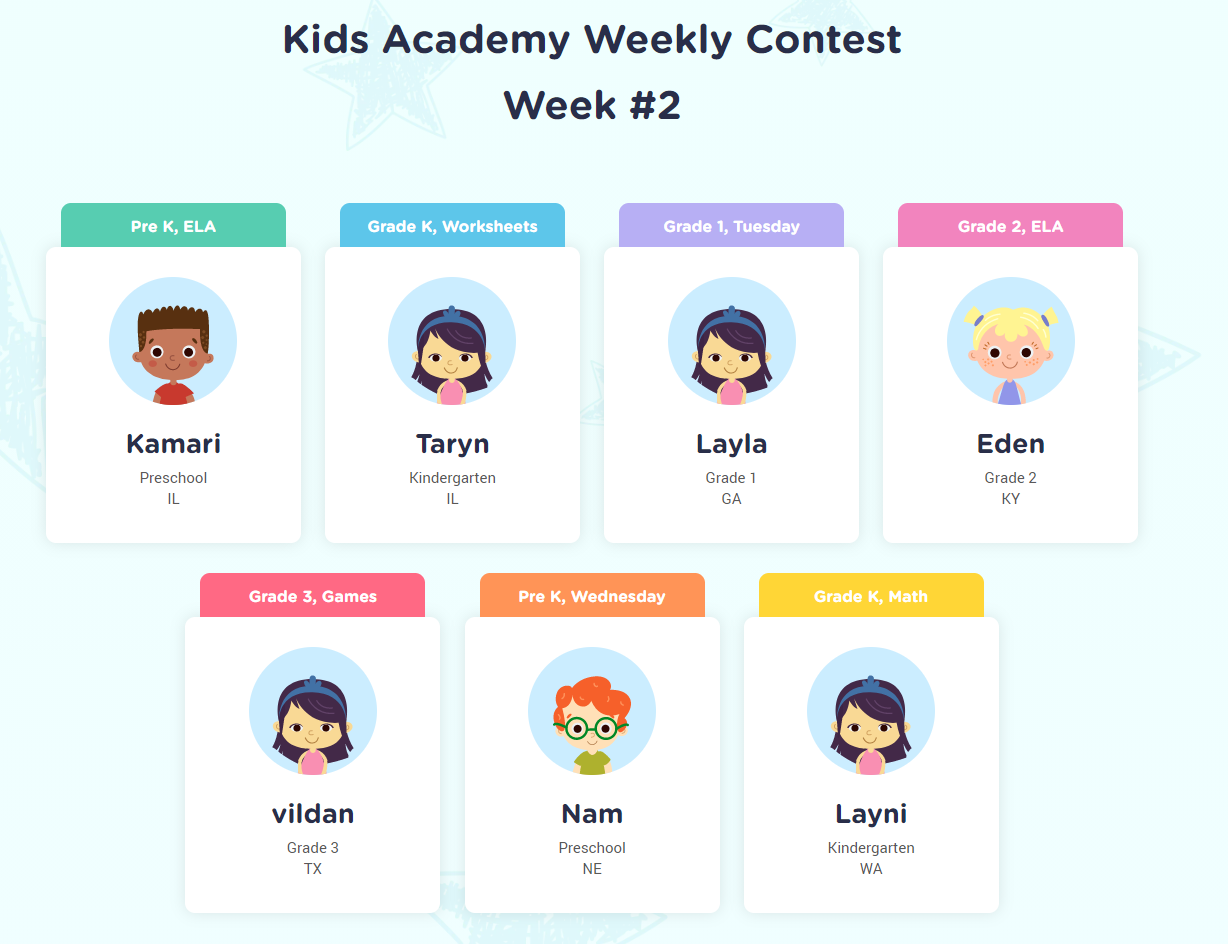Color recognition Worksheets for 6-Year-Olds
97 filtered results
-
From - To
Boost your child's color recognition skills with our engaging worksheets designed specifically for 6-year-olds! Our fun and educational resources help young learners easily identify and differentiate between various colors through interactive activities. With vibrant illustrations and age-appropriate challenges, these worksheets make learning enjoyable while fostering creativity and critical thinking. Ideal for use at home or in the classroom, our color recognition worksheets support essential early childhood development. Perfect for reinforcing lessons and enhancing fine motor skills, these printable resources are a great way to ensure your child becomes proficient in color recognition. Start exploring today and watch your child’s confidence soar!
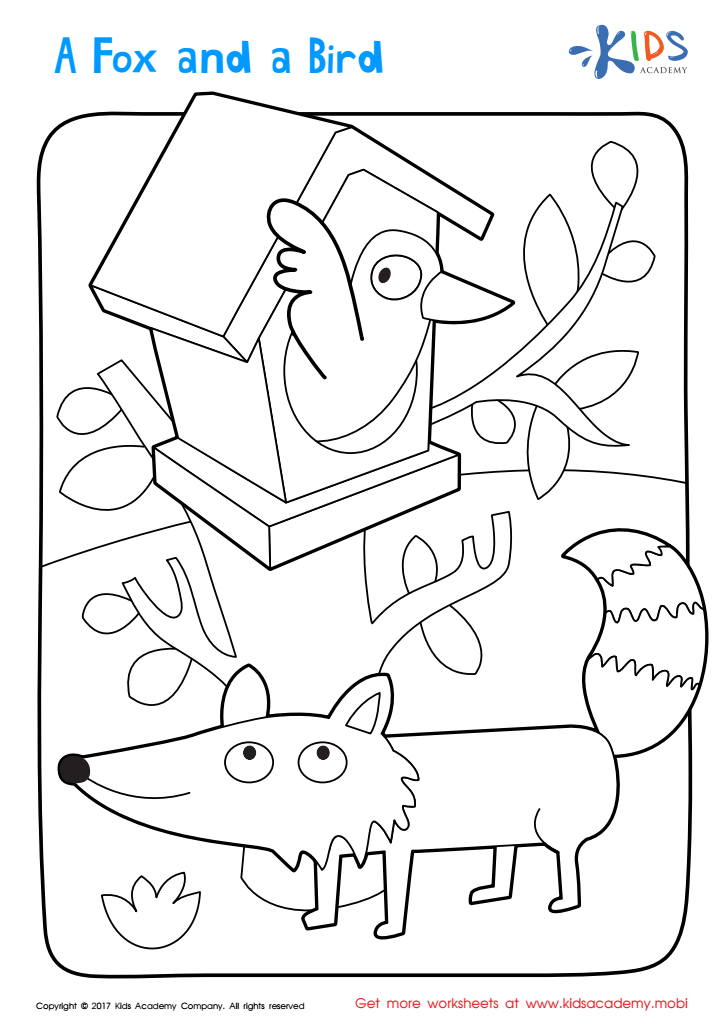

A Fox and Bird Coloring Page


Red and Blue Coloring Fun Worksheet


Christmas: Night Before Christmas Printable
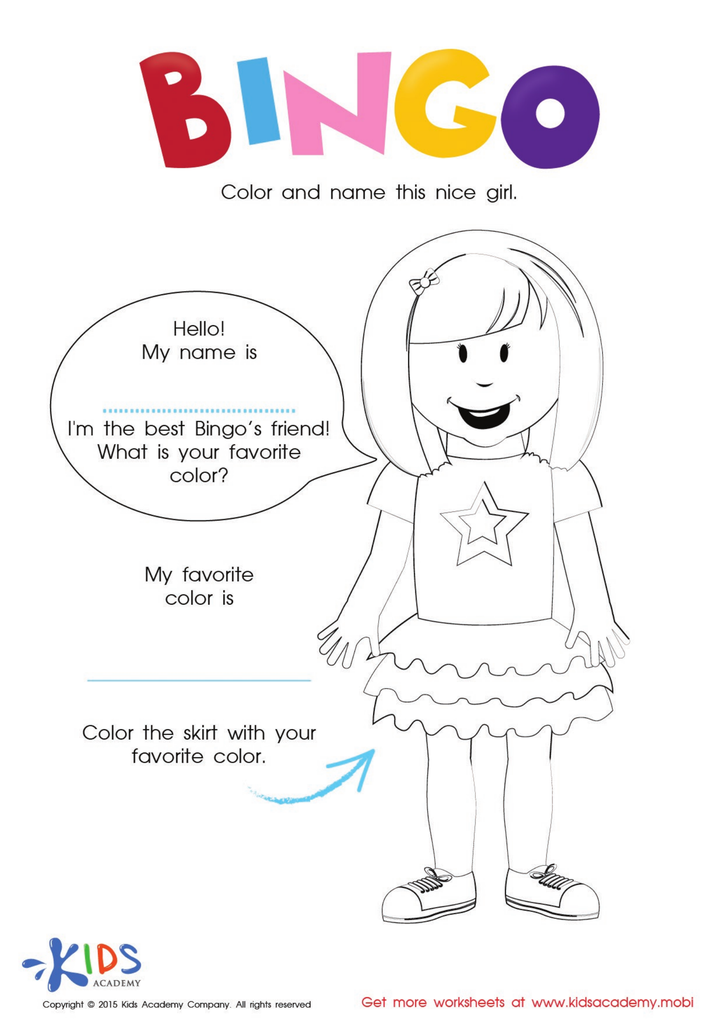

The Bingo Song: Coloring The Girl Worksheet
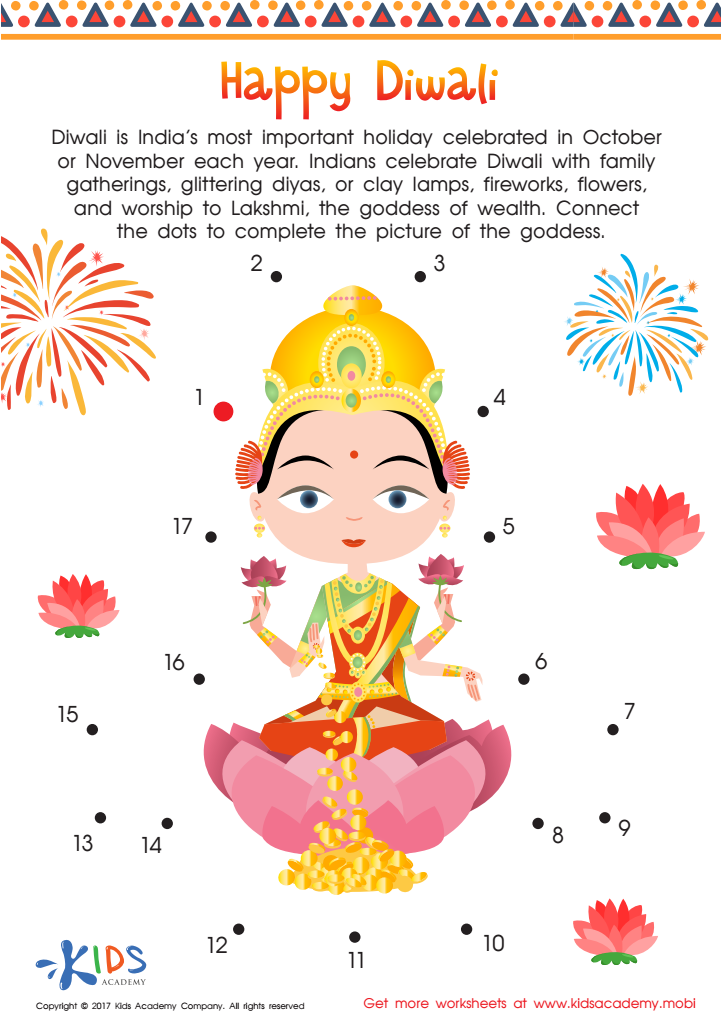

Happy Diwali Printable
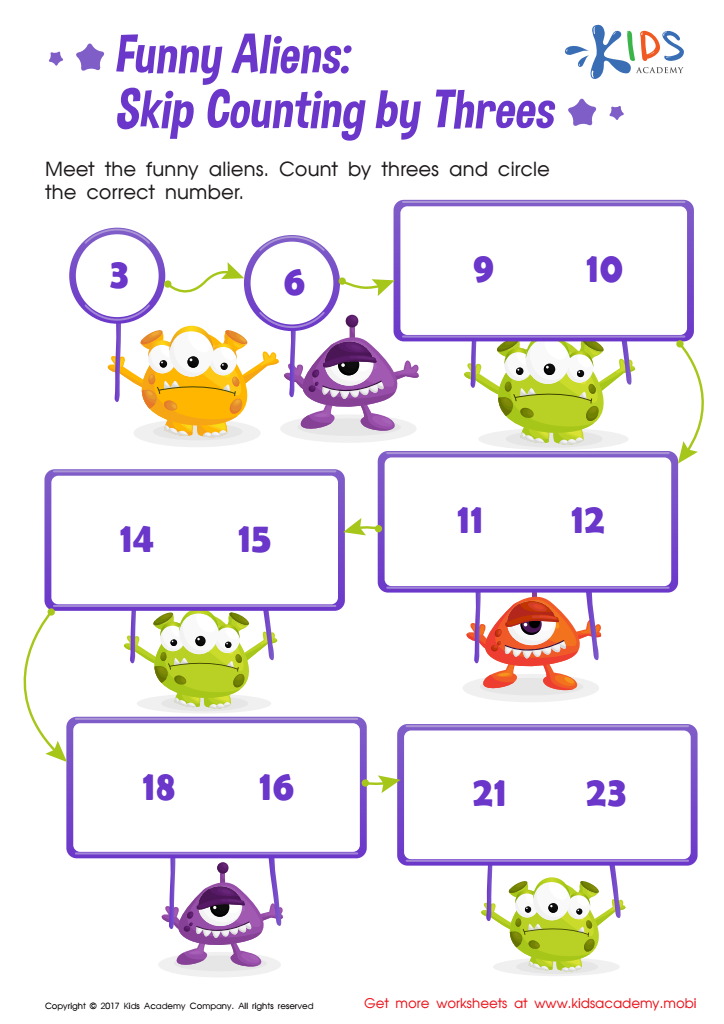

Skip Counting by 3s: Funny Aliens Printable


Yellow and Green Coloring Fun Worksheet
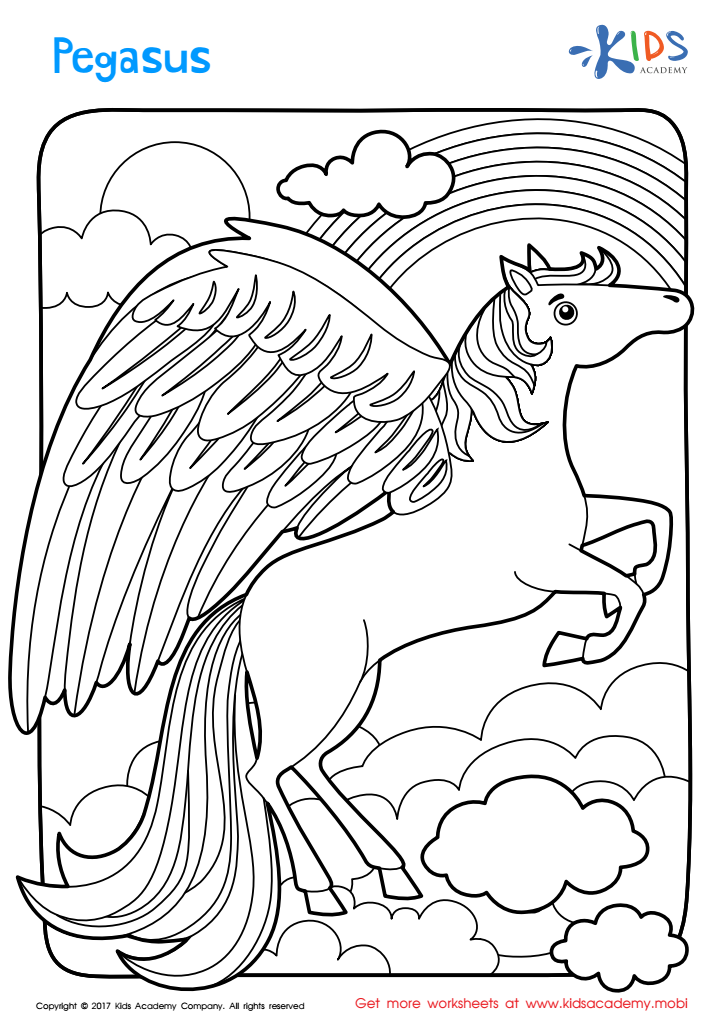

Pegasus Printable
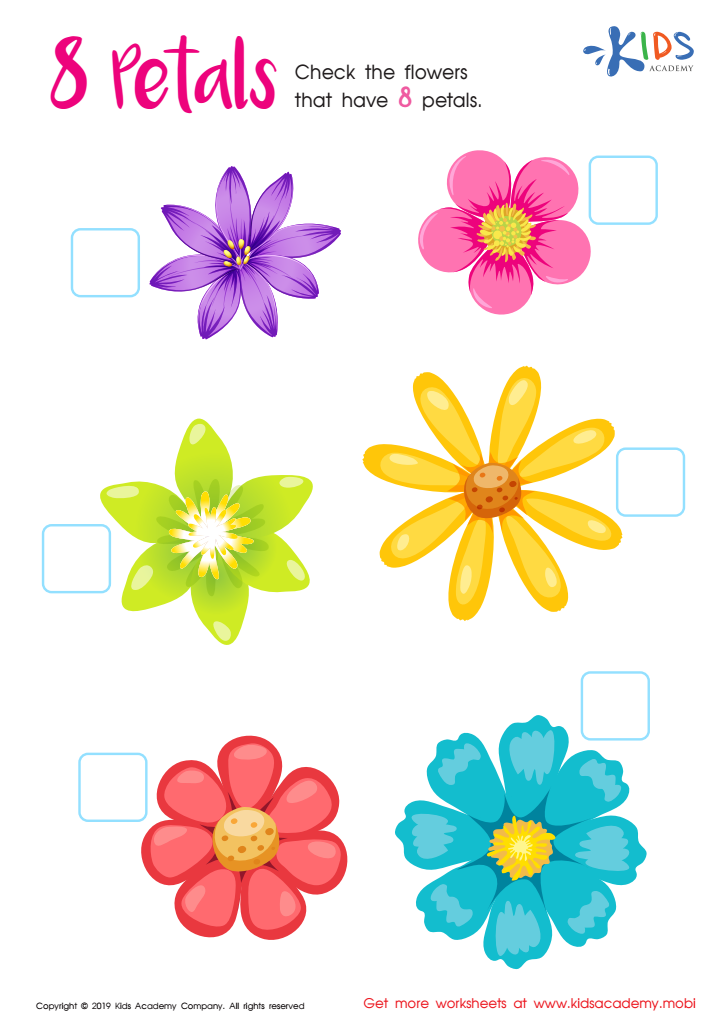

8 Petals Worksheet
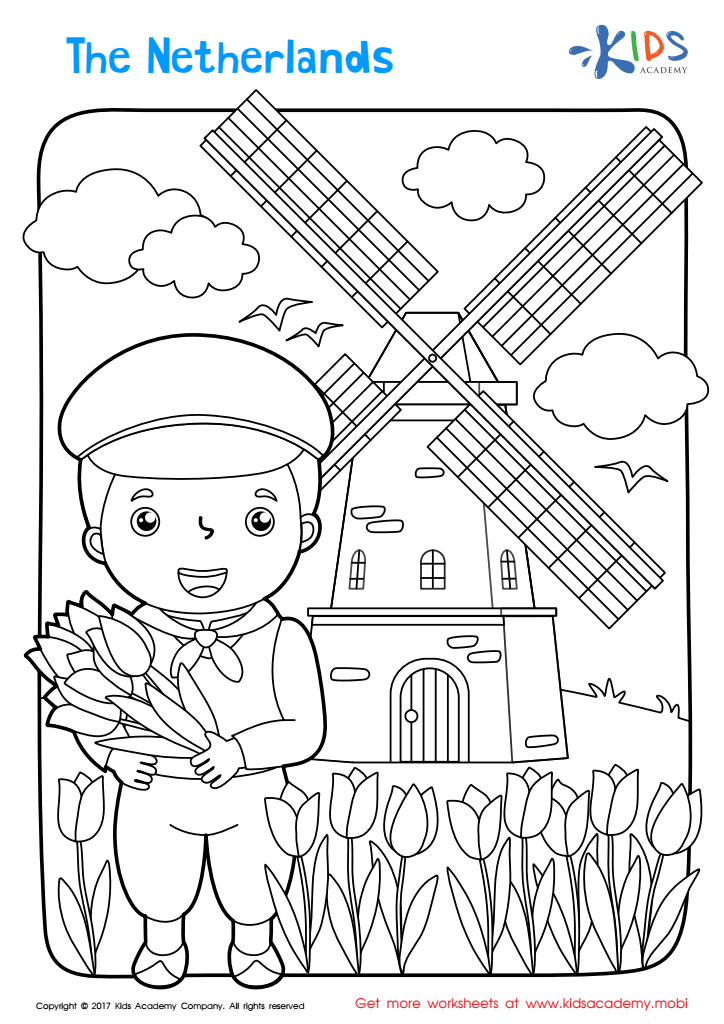

The Netherlands Printable
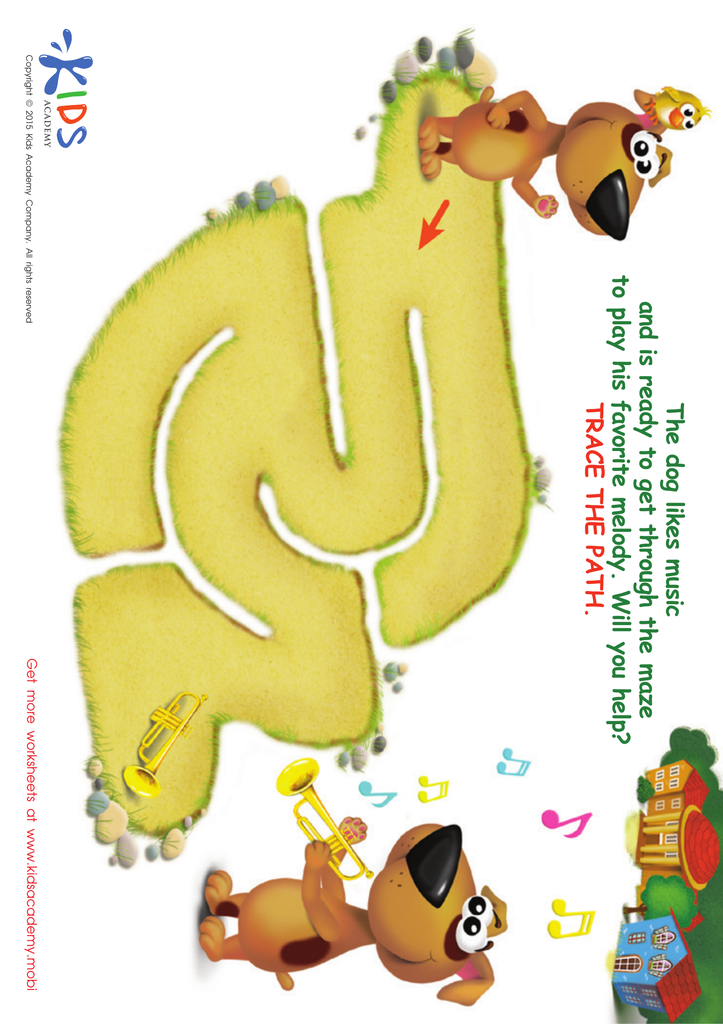

Trumpeter Maze Worksheet
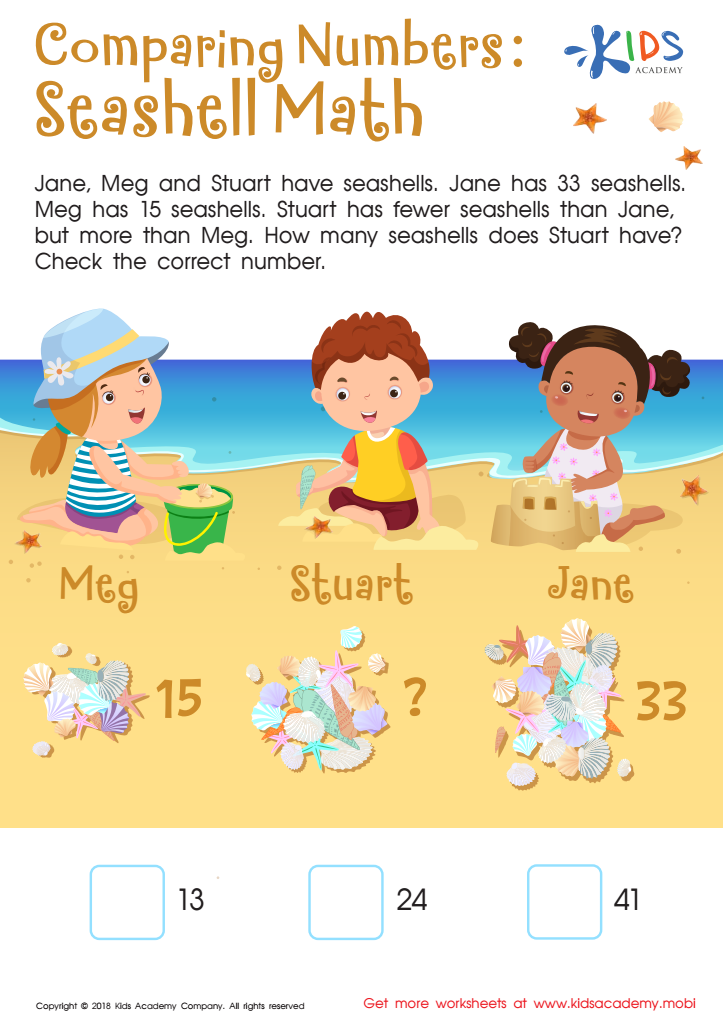

Seashell Collectors Worksheet
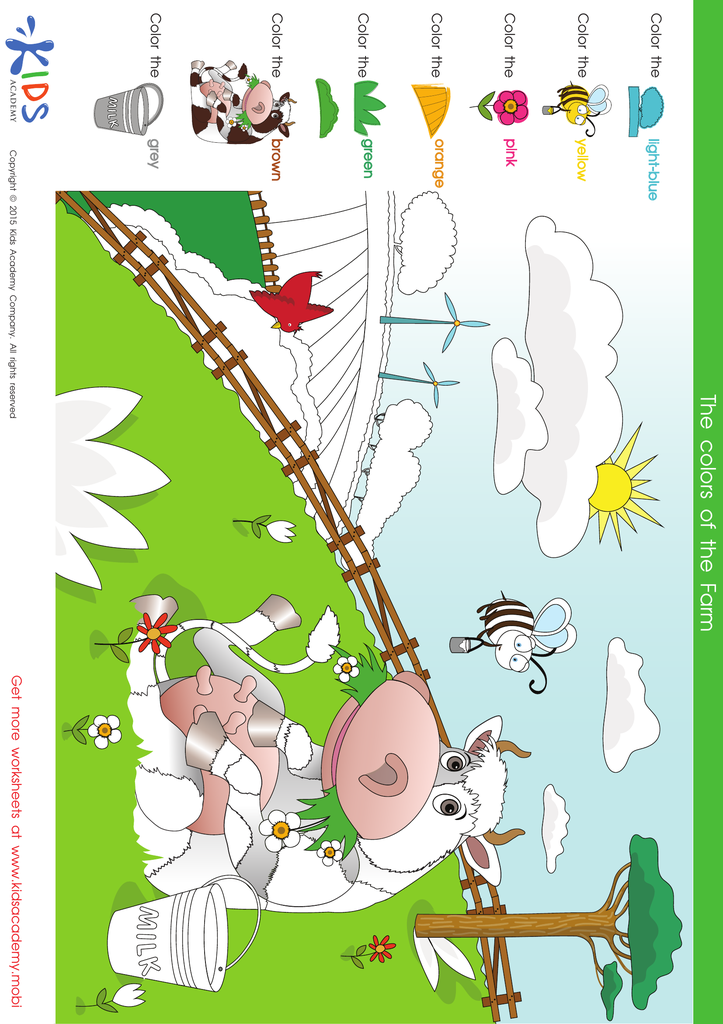

Color the Cow and the Fields Coloring Pages
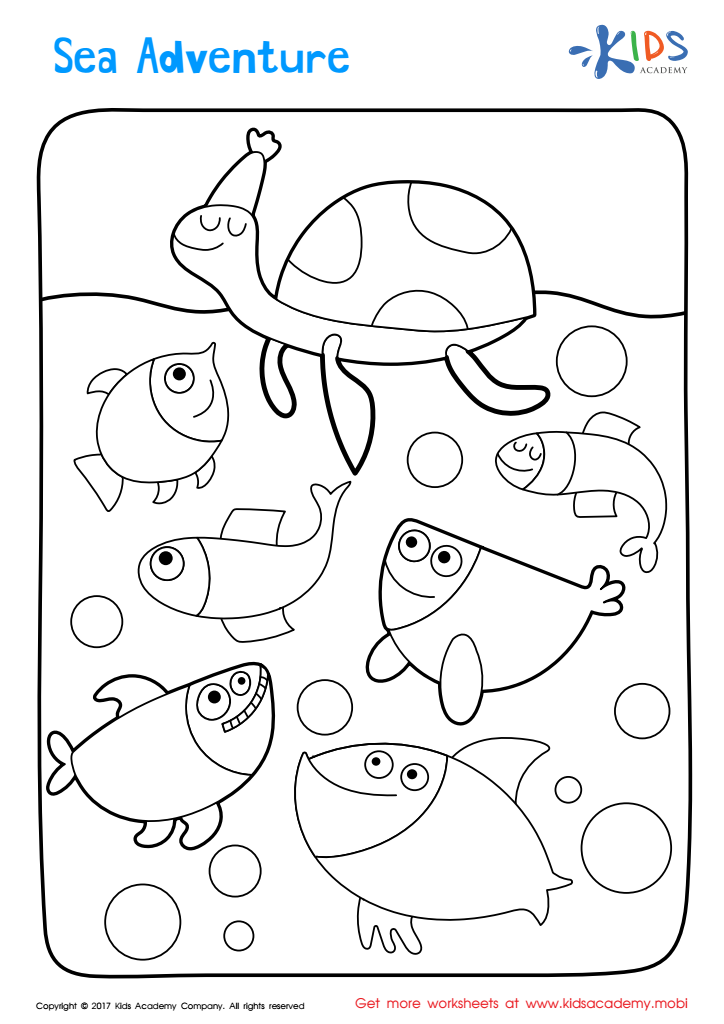

Sea Adventure Coloring Page
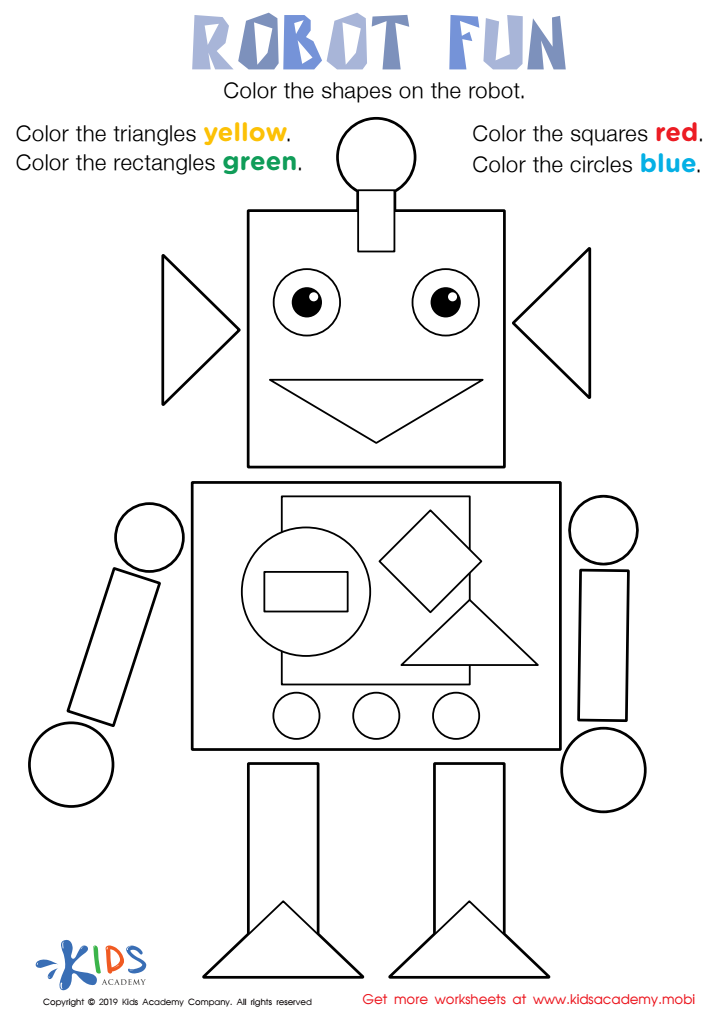

Robot Fun Worksheet


Little Blue Belle Worksheet
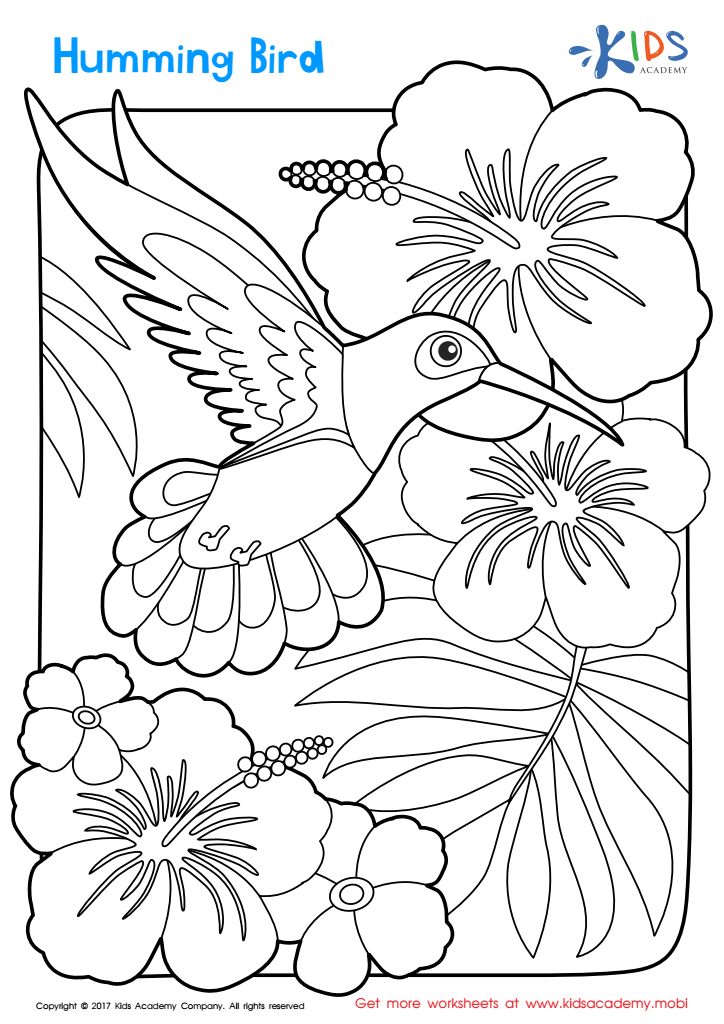

Humming Bird Worksheet
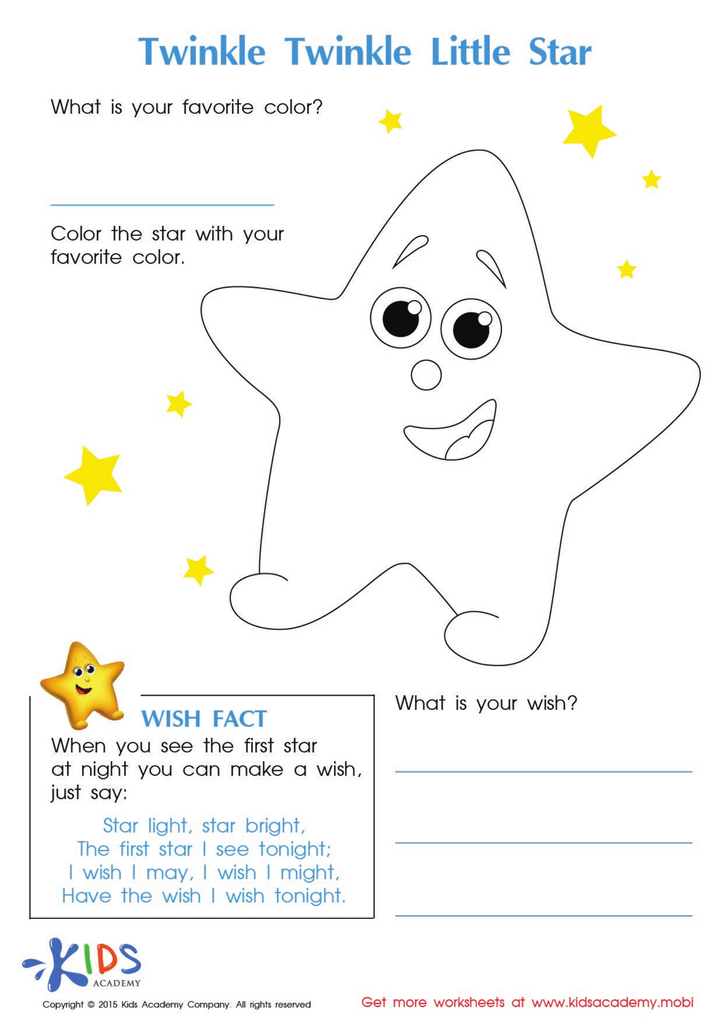

Twinkle Little Star Coloring Worksheet
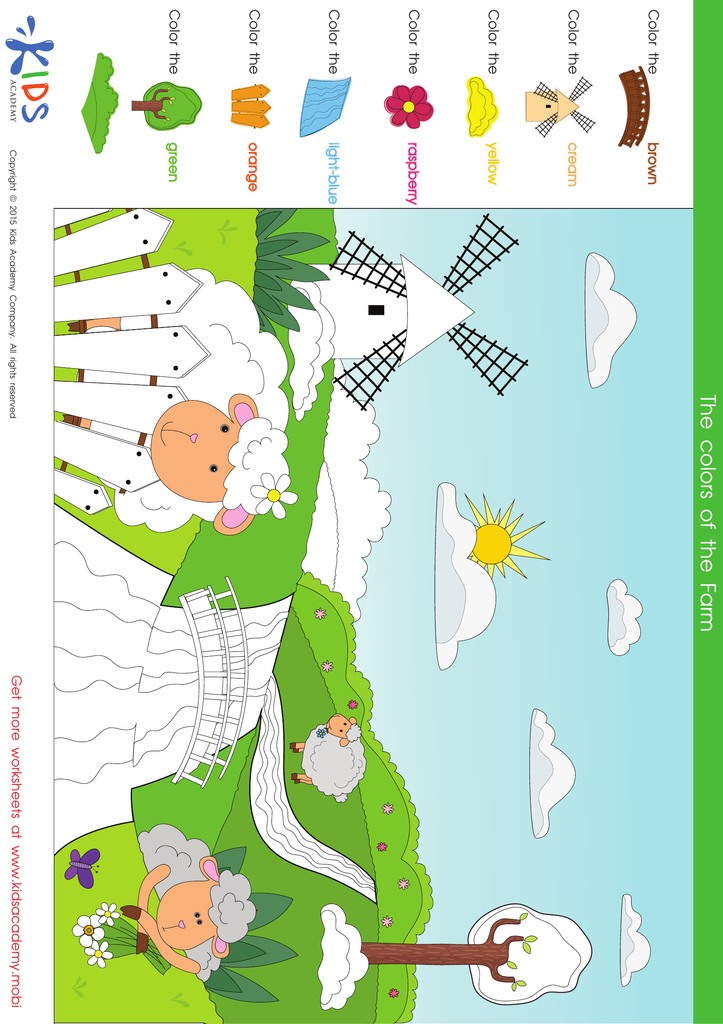

Color the Sheep in the Field Coloring Pages
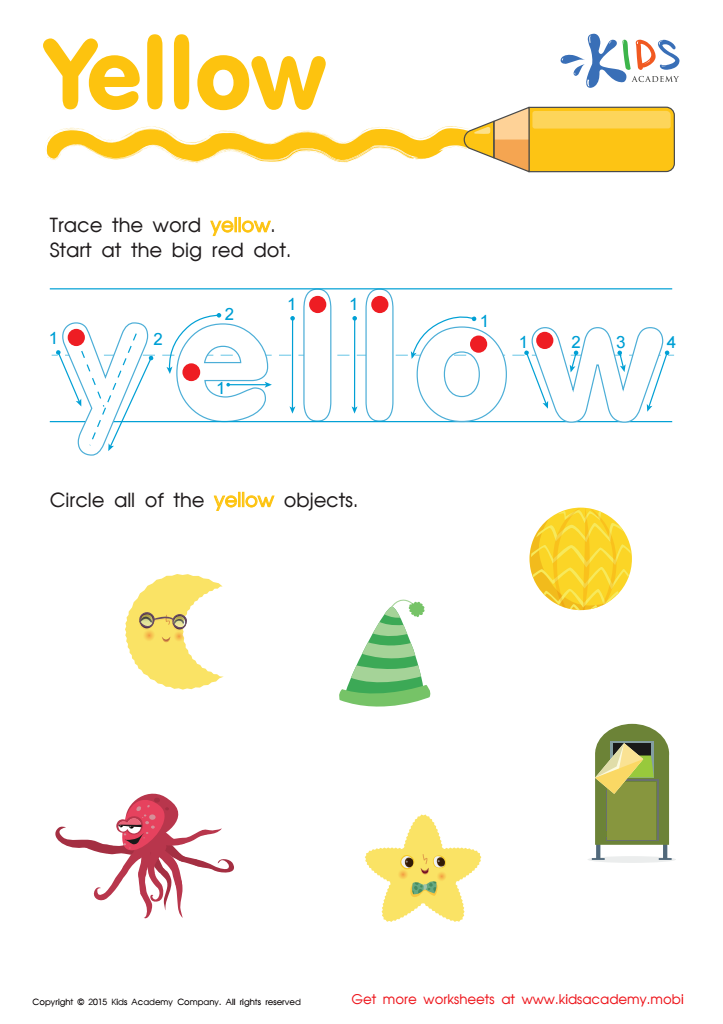

Yellow Tracing Color Words Worksheet


Twinkle Twinkle Little Star Coloring Page
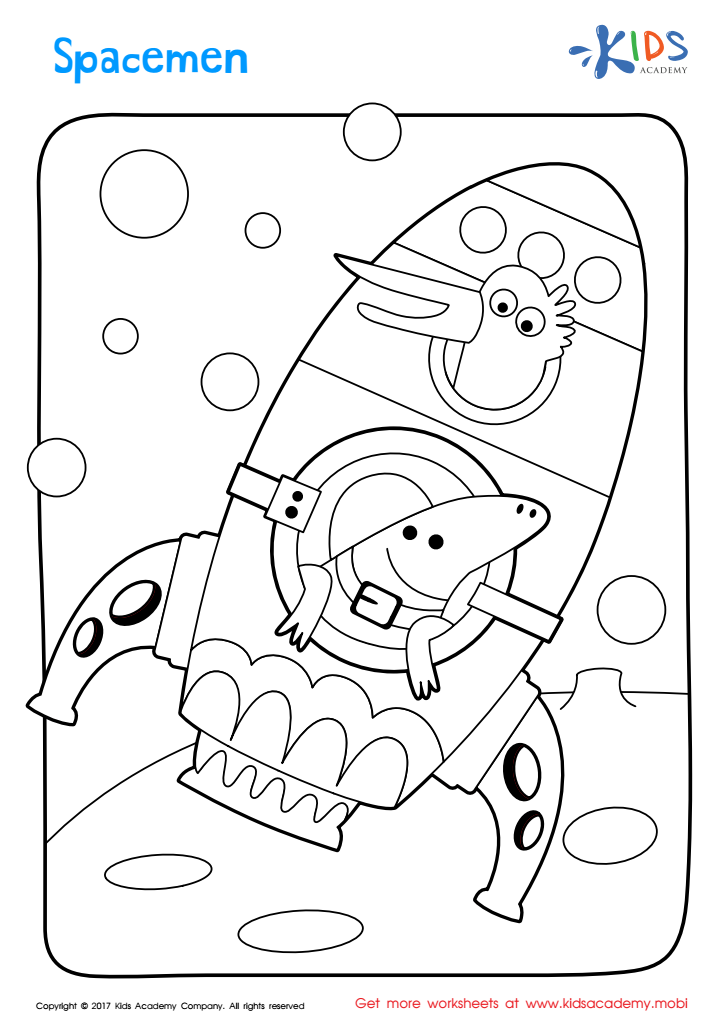

Spacemen Coloring Page


The Three Little Pigs Coloring Worksheet
Color recognition is an essential skill for 6-year-olds that impacts their cognitive and social development. At this age, children are building foundational skills in literacy and numeracy, and understanding colors plays a significant role in this learning. Recognizing colors helps children categorize and sort objects, which enhances their problem-solving skills and critical thinking.
Furthermore, color recognition supports speech development. As children learn to identify and name colors, they also expand their vocabulary and improve their ability to express themselves. This foundational skill is often integrated into various subjects, from art to math, enabling children to connect concepts across different learning areas.
Additionally, color recognition fosters social interactions. Many games, activities, and everyday conversations revolve around colors. Children who can identify and discuss colors often find it easier to engage with peers and participate in group activities, promoting socialization and teamwork.
Lastly, understanding colors can enhance creativity. Art and creative play often involve colors, enabling children to express their individuality and imagination. For parents and teachers, nurturing color recognition not only supports academic growth but also enriches the overall development of emotional and social skills in young learners.

 Assign to My Students
Assign to My Students







